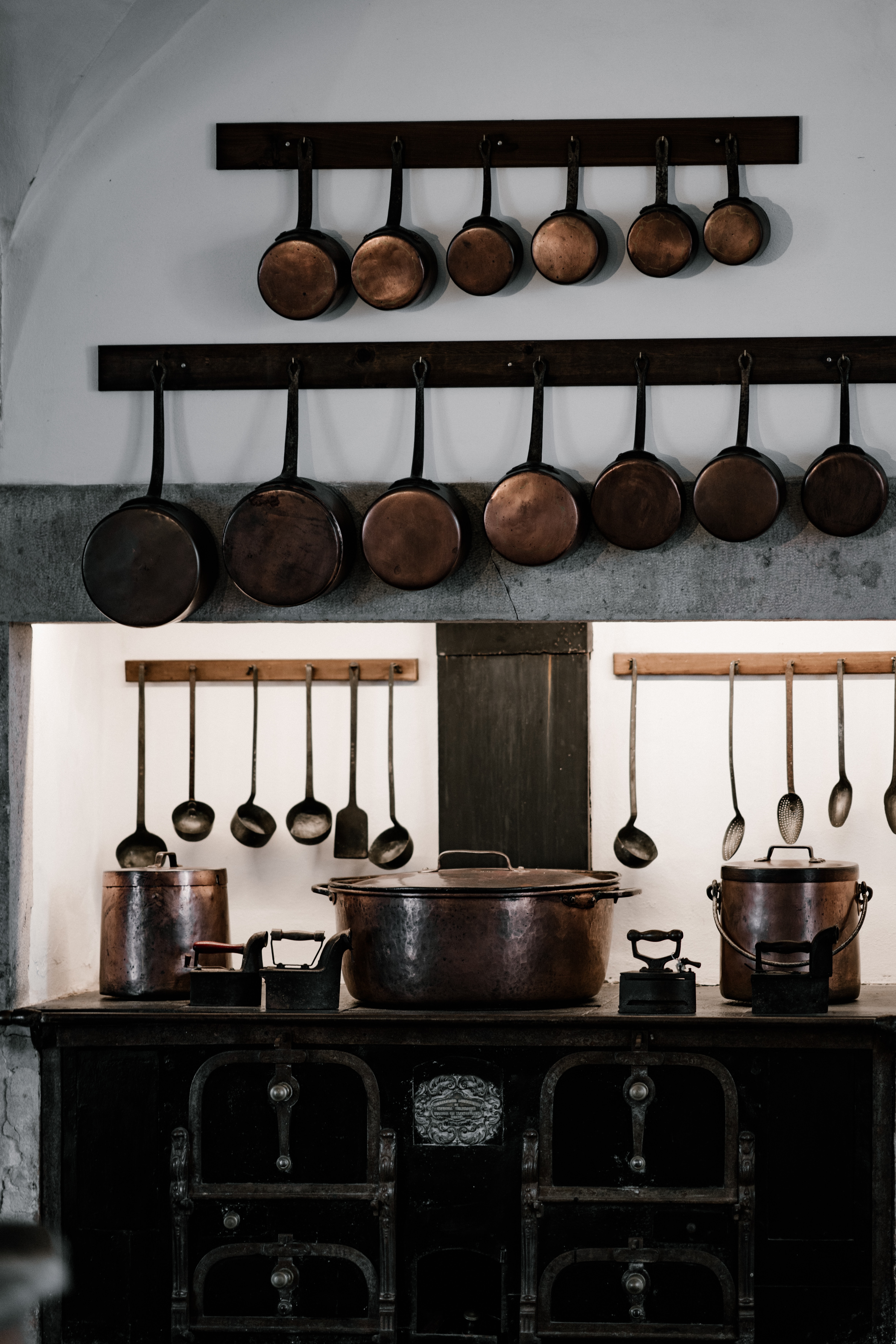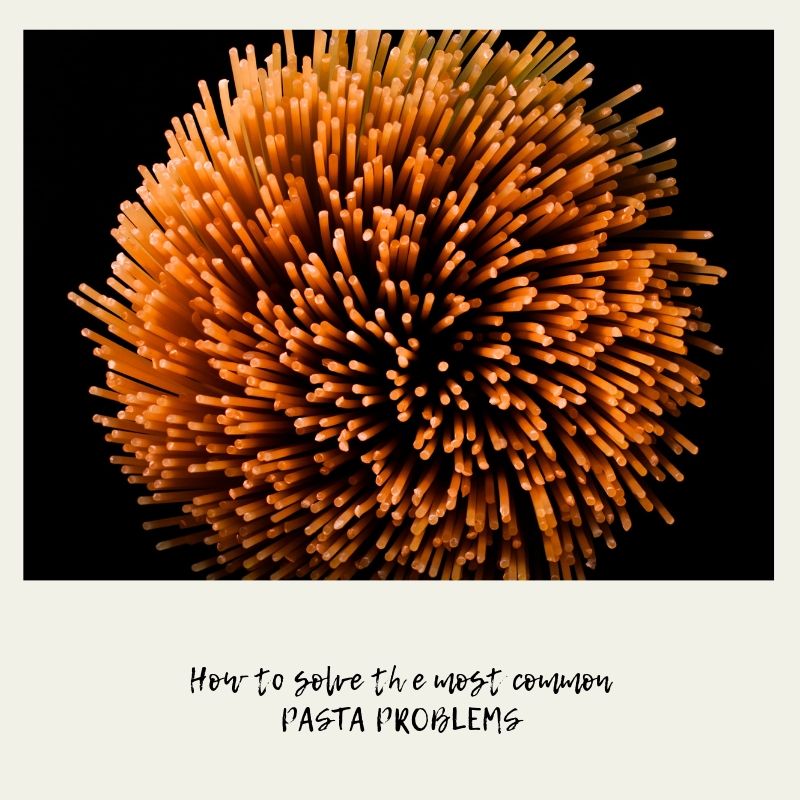Pasta, in theory is an easy meal, but it’s not always straightforward to make the perfect kind of pasta you’ve no doubt enjoyed in Italy. There are a few common errors which can lead to pasta problems but avoided them will definitely improve your pasta skills.

Unhappy with the way your pasta turns out? Read our quick tips and you’ll soon get the hang of it.
Too sticky or clumpy?
- Did you use a small pan? Maybe you wanted to save cooking time and energy.. When you use a small saucepan and the pasta doesn’t have enough water to move around in there will be a higher amount of starch in the pan – this means sticky pasta when you drain the water out.

TIP: Go for a big pan even if you are only cooking a small amount of pasta. For 500 g of pasta, you’ll need to use a pan that holds at least 5 litres of water and fill it about ¾ of the way up.
- Get bored waiting for the water to boil? Pasta needs to be cooked in boiling water! If you leave it in water that isn’t hot enough it will get sticky.
TIP: Put a lid on the pan of water, let it come to a rapid boil. Once you have added the pasta (and the salt) the temperature of the water will drop – stir the pasta and bring it back to the boil. Do not put the lid back on!
- Have you drained the pasta too much until it’s too dry?
TIP: Always leave some of the pasta water in the pasta or set some aside in case you need it later. If the pasta is too dry it will clump together and the sauce won’t cling to it. The cooking water won’t dilute your sauce it will improve the texture of the dish.
Too bland?
- Held back on the salt? Don’t! It makes the pasta taste so much better! Remember that pasta is just flour and water and doesn’t really have much flavour of its own. Add salt at the moment the water begins to boil, it will make the water take a little longer to boil but also increases the boiling point so your water will have a higher temperature when you add the pasta and it will cook better.

TIP: The correct amount of salt per 100g of pasta, is 7g per every litre of water.
TIP: Don’t season at the end – always add salt before the pasta as it is better dispersed and the pasta will absorb some of the salt improving flavour.
TIP: Only cut down on salt if your sauce is going to feature salty ingredients such as anchovies or bacon.
Too slimey?
- Did you add oil? Adding oil to the water makes the pasta slippery and then sauce will not stick to it. Cook the pasta correctly and there is no need for oil.
- Did you rinse the pasta after draining? If you did you will have washed away all of the starchy goodness and changed the texture. Again, the sauce won’t cling to the pasta.
Too soggy?
- Watch those cooking times! Pasta carries on cooking in the pan when you add the sauce, so take it out a minute or two before the time given on the packet.
TIP: If you are unsure whether the pasta is cooked, taste it and if it’s too hard wait one more minute and taste again, it should be firm to the bite.
Too clumpy?
- You threw it in and forgot about it! It’s easy to get distracted and forget to stir pasta once it’s added to the pot. But giving the pasta a quick stir right after submerging them in the water will go a long way in preventing them from sticking to the bottom of the pot, or to each other.
TIP: Come back and stir the pan every now and again throughout cooking to be safe, as well.


